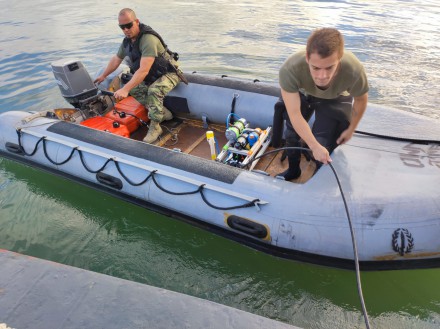What is our mission?
K2D assumes the development of a global-scale and totally disruptive monitoring system for the oceans, capable of handling all bathymetric elevations, from the deep seabed and abyssal shelves to the surface. The extensive data collection that such a system can provide is unmatched by any other existing system.
Underwater, and particularly at extreme depths, the challenges are enormous and the environmental exposure characteristics are exceptionally hostile to conventional sensing approaches. To circumvent this problem, K2D proposes to take advantage of the already existing widespread infrastructure of undersea communications and energy transport cables to develop a network for continuous, real-time sensing of vital signals from land and in particular the oceans.
The system will include a synergistic set of components, including electronic components and autonomous underwater vehicles, which allow the collection of complex data from the oceans, including physical, chemical, biological and environmental variables.

